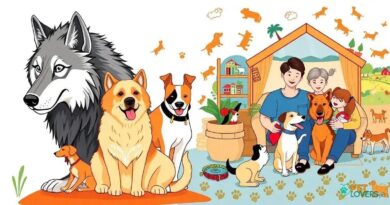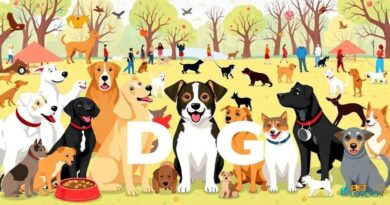What is Zoonosis
What is Zoonosis?
Zoonosis refers to diseases that can be transmitted from animals to humans. This term encompasses a wide range of infectious agents, including bacteria, viruses, parasites, and fungi. Understanding zoonosis is crucial for public health, especially for pet owners and those who work closely with animals. The transmission can occur through direct contact, bites, scratches, or even through contaminated food and water.
Types of Zoonotic Diseases
There are numerous types of zoonotic diseases, each with its own mode of transmission and impact on human health. Common examples include rabies, Lyme disease, and leptospirosis. Rabies is a viral infection typically transmitted through the bite of an infected animal, while Lyme disease is spread by ticks that have fed on infected animals. Leptospirosis, on the other hand, is often contracted through contact with water contaminated by animal urine.
How Zoonosis Spreads
The spread of zoonotic diseases can occur in various ways. Direct transmission happens when a person comes into contact with an infected animal, such as petting a dog with a skin infection. Indirect transmission can occur through vectors like mosquitoes or ticks, which carry pathogens from one host to another. Additionally, zoonotic diseases can be spread through environmental contamination, such as soil or water that has been tainted by animal waste.
Symptoms of Zoonotic Diseases
The symptoms of zoonotic diseases can vary widely depending on the specific disease and the individual’s immune response. Common symptoms may include fever, fatigue, muscle aches, and gastrointestinal issues. In more severe cases, zoonotic infections can lead to serious health complications, including organ failure or neurological disorders. It is essential for individuals who suspect they may have contracted a zoonotic disease to seek medical attention promptly.
Preventing Zoonosis
Preventing zoonosis involves a combination of good hygiene practices, responsible pet ownership, and public health measures. Pet owners should ensure their animals are regularly vaccinated and receive routine veterinary care. Additionally, washing hands after handling pets or cleaning their living areas can significantly reduce the risk of transmission. Public health campaigns also play a vital role in educating communities about the importance of preventing zoonotic diseases.
High-Risk Groups for Zoonosis
Certain groups of people are at a higher risk for contracting zoonotic diseases. These include veterinarians, animal handlers, farmers, and individuals with compromised immune systems. Children and the elderly are also more susceptible due to their developing or weakened immune systems. Awareness of these risks can help in taking appropriate precautions to minimize exposure to zoonotic pathogens.
Global Impact of Zoonosis
Zoonotic diseases have a significant impact on global health, contributing to a substantial burden of disease worldwide. Outbreaks of zoonotic diseases can lead to public health crises, economic losses, and increased healthcare costs. The interconnectedness of human and animal health emphasizes the need for a One Health approach, which integrates human, animal, and environmental health strategies to combat zoonotic diseases effectively.
Research and Zoonosis
Ongoing research is essential for understanding zoonotic diseases and developing effective prevention and treatment strategies. Scientists study the transmission dynamics, pathogenicity, and ecological factors that contribute to zoonosis. This research is crucial for predicting potential outbreaks and informing public health policies. Collaboration between veterinarians, epidemiologists, and public health officials is vital for addressing the challenges posed by zoonotic diseases.
Conclusion on Zoonosis Awareness
Raising awareness about zoonosis is critical for protecting public health. Education about the risks associated with zoonotic diseases and the importance of preventive measures can empower individuals to take action. By understanding what zoonosis is and how it spreads, we can work together to reduce the incidence of these diseases and promote a healthier environment for both humans and animals.



